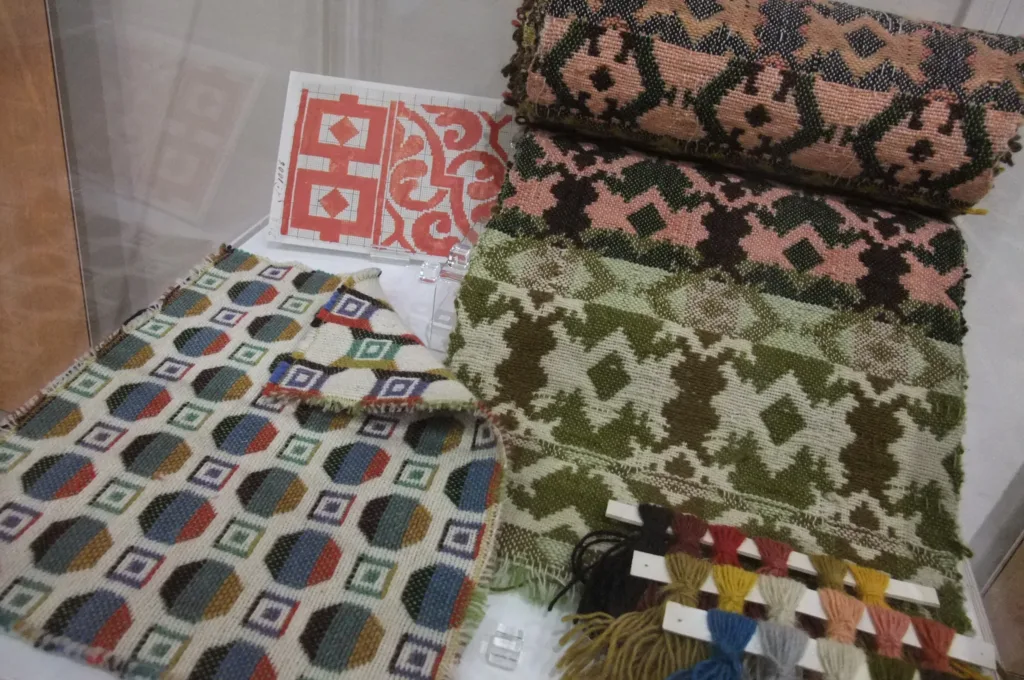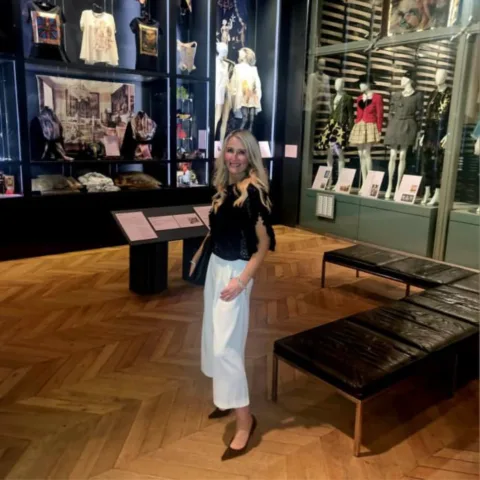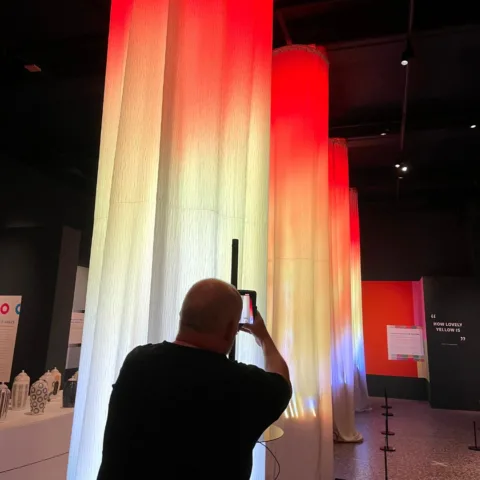The Bowes Museum Blog

People & Patterns: The Carpet Weaving Industry in Barnard Castle

Barnard Castle is known for its historical relationship with the castle, for which the town takes its name. However, the town also has an interesting industrial history. Having been granted the rights to set up a market during the 12th century, the town prospered under the influx of raw materials including lead, iron and wool from the surrounding countryside. These materials were essential for the development of the manufacturing businesses that were powered by the fast flowing waters of the River Tees, on which the town sits.
Throughout the 18th century, the woollen industry was predominant in Barnard Castle; using local wool from local farms, and domestic weaving and spinning became popular along Bridgegate and Thorngate (along the southern end of town). However, by the beginning of the 19th century a decline in the demand for woollen cloth and high unemployment meant that the town needed to find more ways of using its supplies of wool. A rise in carpet exports from Britain at the beginning of the century meant that the production of carpets was a sound investment, and so manufacturers in Barnard Castle clung to this opportunity. Factories were built along the river banks, which brought the production of woollens out of the small domestic workshops. During the first half of the century, the production of carpets overtook that of the weaving industries in town, and by 1834 the town was supporting seven manufacturing businesses.

Watercolour of Barnard Castle, 1788, by Thomas Hearne. The painting shows the ruined castle in the background and one of the mills on Bridgegate in front of a few domestic weaving workshops
Carpets were sold to a relatively wide market, with sales made as far as London out of the port at Stockton, and with more regional sales from Darlington to Newcastle. However, the prosperity of the industry was not to last, and for a number of unclear reasons (including financial troubles, location and health problems) during the middle of the century, the industry was in decline. The largest of the carpet manufacturers, Monkhouse, closed in 1863.
The Bowes Museum had previously exhibited on the history of Barnard Castle’s carpet Industry in 1996 (People & Patterns: The carpet weaving industry in 19th century Barnard Castle) and it was decided to bring out the wonderful graphic panels from that exhibition and re-display them with a small selection of objects from the museum’s stores at The Witham Community Arts Centre, also in Barnard Castle.
The objects on display include replica samples of carpet made during the 1996 exhibition, as well as objects from The Bowes Museum’s social history store, reflecting the range of textile industries in town. Before the objects could be put out on display, they were handed over to the museum’s conservation department so that their condition could be assessed, and they could be prepared for display.

Preparing the objects for display: checking and recording their condition, and removing surface dirt
As a result of a partnership between The Bowes Museum and The Witham Community Arts Centre in Barnard Castle, the exhibition on the history of the town’s carpet industry will be on display at The Witham from 18th March – 30th March 2015 (Free admission).
By Rosie Hughes, Curatorial Assistant









